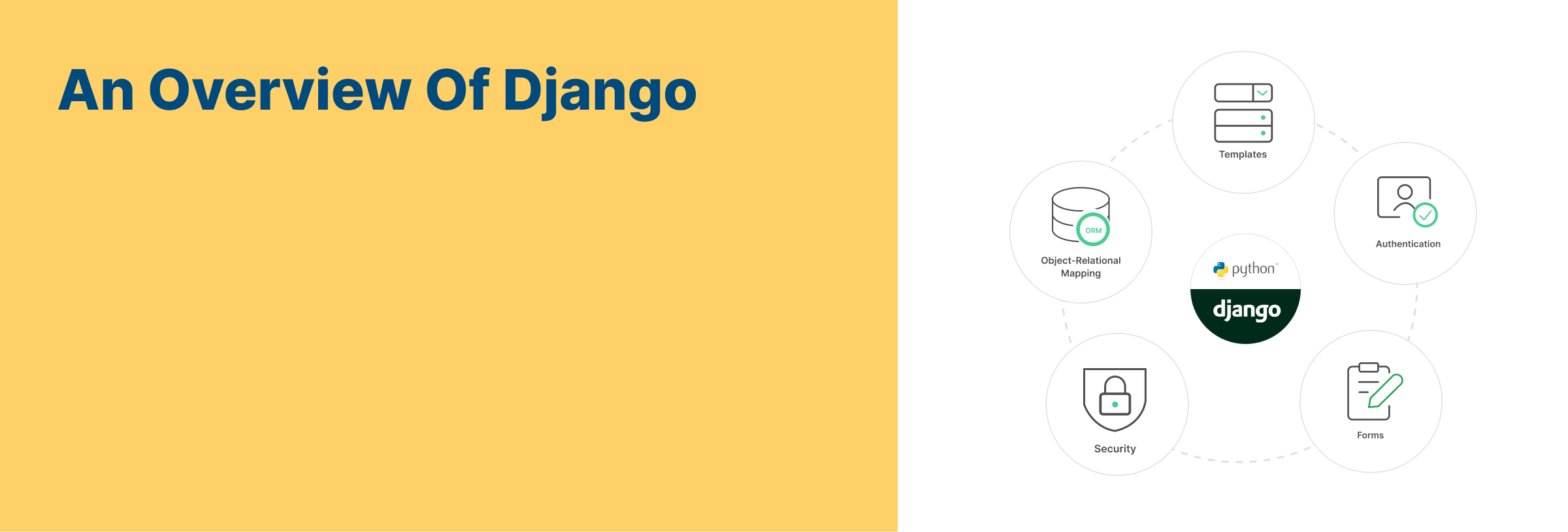The Rise of No-Code/Low-Code Development Platforms
In today’s fast-paced digital landscape, the demand for software development continues to soar. From startups to large enterprises, organizations of all sizes are seeking to innovate and streamline their processes through custom software solutions. However, traditional software development methods often come with significant barriers, including high costs, lengthy development cycles, and a shortage of skilled developers. This is where the rise of no-code/low-code development platforms comes into play, revolutionizing the way software is built and empowering individuals with varying levels of technical expertise to create powerful applications.
Understanding No-Code/Low-Code Development Platforms
No-code/low-code development platforms are tools that enable users to build software applications with minimal or no hand-coding required. These platforms provide visual interfaces, drag-and-drop functionality, and pre-built components that allow users to assemble applications quickly and efficiently. No-code platforms typically target business users, citizen developers, and non-technical professionals, while low-code platforms cater to developers by providing greater flexibility and customization options.
Breaking Down the Benefits
The emergence of no-code/low-code development platforms brings a myriad of benefits to both businesses and individuals:
- Increased Productivity: By eliminating the need for manual coding, no-code/low-code platforms accelerate the development process, allowing organizations to bring new applications to market faster.
- Cost-Effectiveness: Traditional software development projects can be costly, requiring substantial investments in developer salaries, infrastructure, and maintenance. No-code/low-code platforms offer a more cost-effective alternative, enabling organizations to build and iterate applications at a fraction of the cost.
- Empowerment of Citizen Developers: No-code platforms empower individuals with limited technical skills, such as business analysts, marketers, and project managers, to participate in the software development process. This democratization of software development fosters innovation and collaboration across departments.
- Flexibility and Customization: While no-code platforms offer simplicity and ease of use, low-code platforms provide developers with greater control and flexibility to customize applications according to specific requirements. This hybrid approach caters to a wide range of users, from non-technical business users to seasoned developers.
- Rapid Prototyping and Iteration: No-code/low-code platforms facilitate rapid prototyping and iteration, allowing users to experiment with ideas, gather feedback, and make iterative improvements to their applications in real time.
Real-World Applications
The versatility of no-code/low-code development platforms extends across various industries and use cases:
- Business Process Automation: Organizations can streamline repetitive tasks and workflows by building custom automation solutions without relying on IT departments.
- Internal Tools and Dashboards: Departments such as HR, finance, and operations can create personalized tools and dashboards to improve efficiency and decision-making processes.
- Customer-Facing Applications: From e-commerce websites and mobile apps to customer portals and self-service portals, businesses can deliver engaging experiences to their customers without extensive development resources.
- Proof-of-Concept Projects: No-code/low-code platforms enable rapid prototyping of new ideas and concepts, allowing businesses to validate hypotheses and test market demand before committing to full-scale development efforts.
Challenges and Considerations
While the benefits of no-code/low-code development platforms are undeniable, organizations should be aware of potential challenges:
- Scalability and Complexity: While suitable for building simple to moderately complex applications, no-code/low-code platforms may face limitations when it comes to highly complex or scalable projects.
- Vendor Lock-In: Depending on the platform chosen, organizations may become dependent on a specific vendor’s ecosystem, limiting their ability to migrate or integrate with other systems in the future.
- Security and Compliance: As with any software development approach, security and compliance remain critical considerations. Organizations must ensure that no-code/low-code applications adhere to industry standards and best practices for data security and privacy.
Embracing the Future of Software Development
The rise of no-code/low-code development platforms represents a paradigm shift in the way software is created, democratizing access to technology and fostering innovation on a global scale. By empowering individuals with diverse skill sets to participate in the software development process, these platforms hold the potential to unleash a new wave of creativity and productivity across industries. As organizations continue to embrace digital transformation, no-code/low-code development platforms will undoubtedly play a pivotal role in shaping the future of software development.
In conclusion, the rise of no-code/low-code development platforms signifies a democratization of software development, empowering individuals and organizations to innovate and thrive in an increasingly digital world. As the adoption of these platforms continues to grow, businesses must embrace the opportunities they offer while remaining mindful of the challenges and considerations inherent in their use. By leveraging the power of no-code/low-code development platforms, organizations can unlock new possibilities and drive meaningful change in the way software is built, deployed, and maintained.





